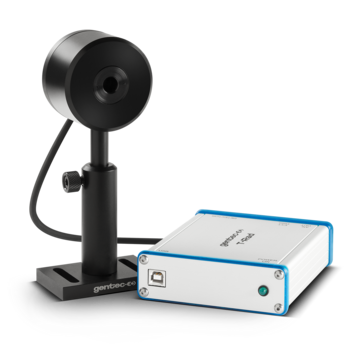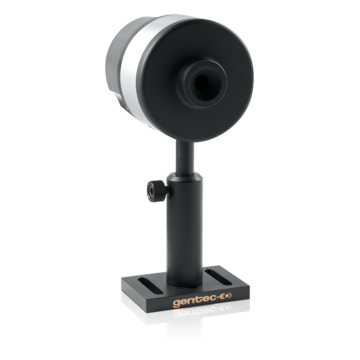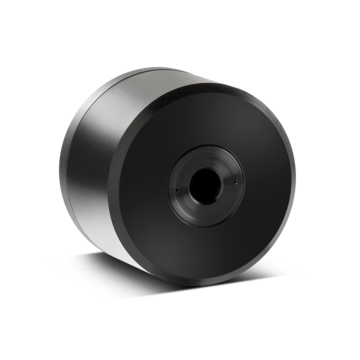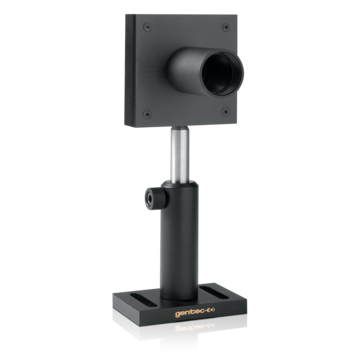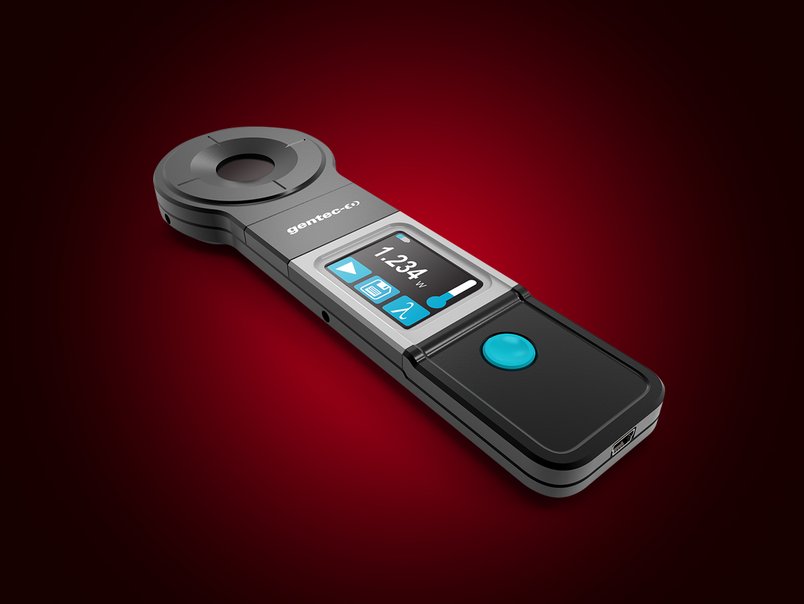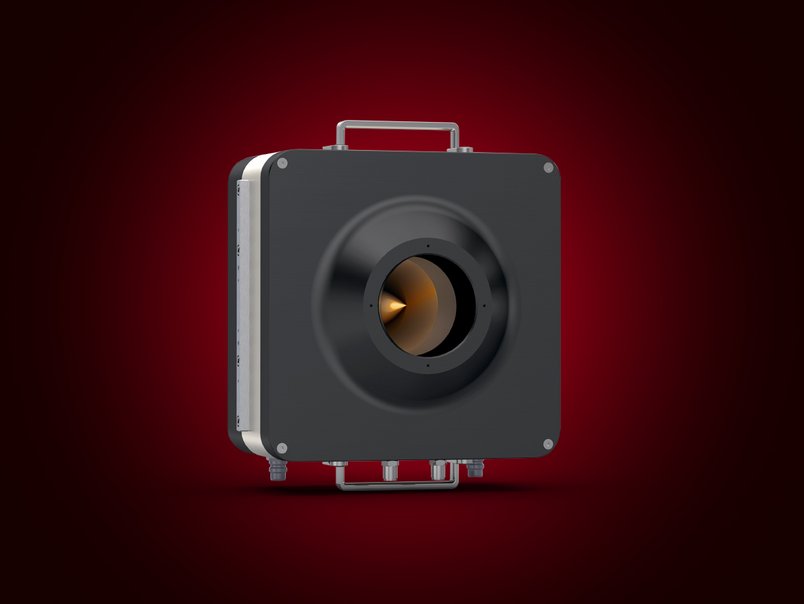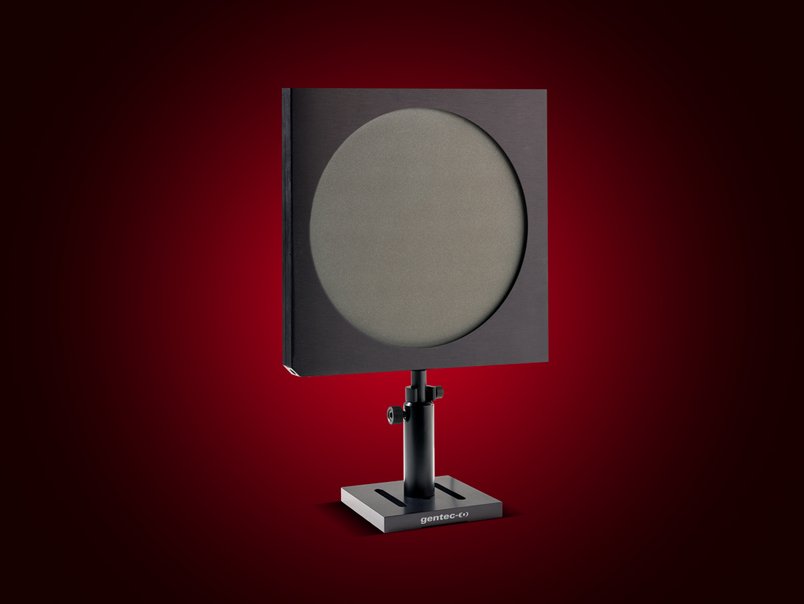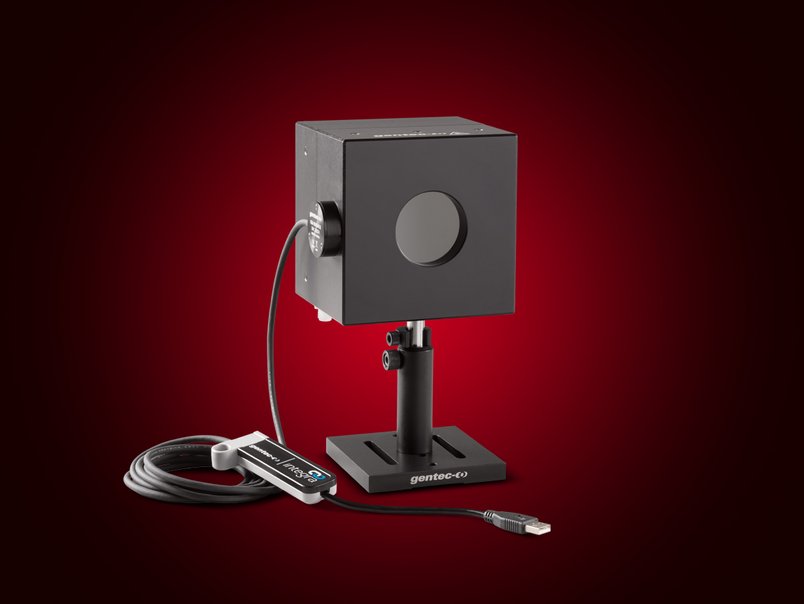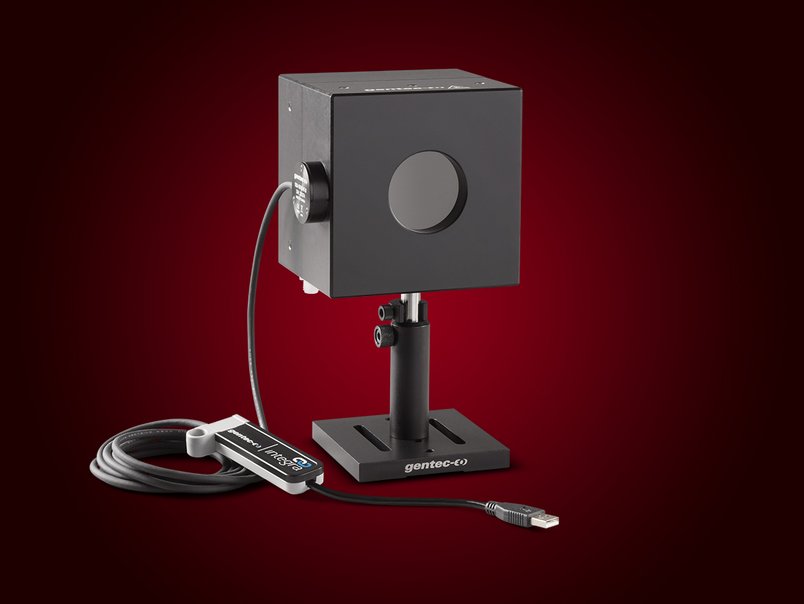How is Terahertz radiation measured?
THz sources come in many varieties, including those with cw or pulsed outputs. They range in power from nW to mW and in energy from nJ to mJ. Like most electromagnetic sources, they must be characterized for performance and/or control.
The THz sensors sold by Laser Components function according to the pyroelectric or thermoelectric (THz-D) principle and are easy to use. Pyroelectric sensors have several advantages in the measurement of THz radiation:
- Application in the range from 0.1 µm to 3000 µm
- Application at room temperature with high sensitivity
- Large dynamic range from nW to mW
- Less expensive and easier to use than Golay cells
THZ-I Series
Integrated USB or BNC modules to measure THz radiation. Characteristics:
- THz detectors with integrated digital (USB) or analog (BNC) modules - no need for a monitor
- Wide dynamic range from nW to mW
- USB: powered by your PC, LabView software included
- BNC: battery or AC powered for use with an oscilloscope, very low noise level.
THZ-B Sensors
The THZ-B sensors are used with the T-RAD USB or with APM modules.
Characteristics of the THZ-B detectors:
- Large choise of apertures from 1.5 mm to 9 mm dia.
- High voltage responsitivity up to 500 kV/W
- High average powers up to 200 mW
- Choice between digital or analog modules
They can be used with the T-RAD-USB or APM module.
News
from Gentec-EO

